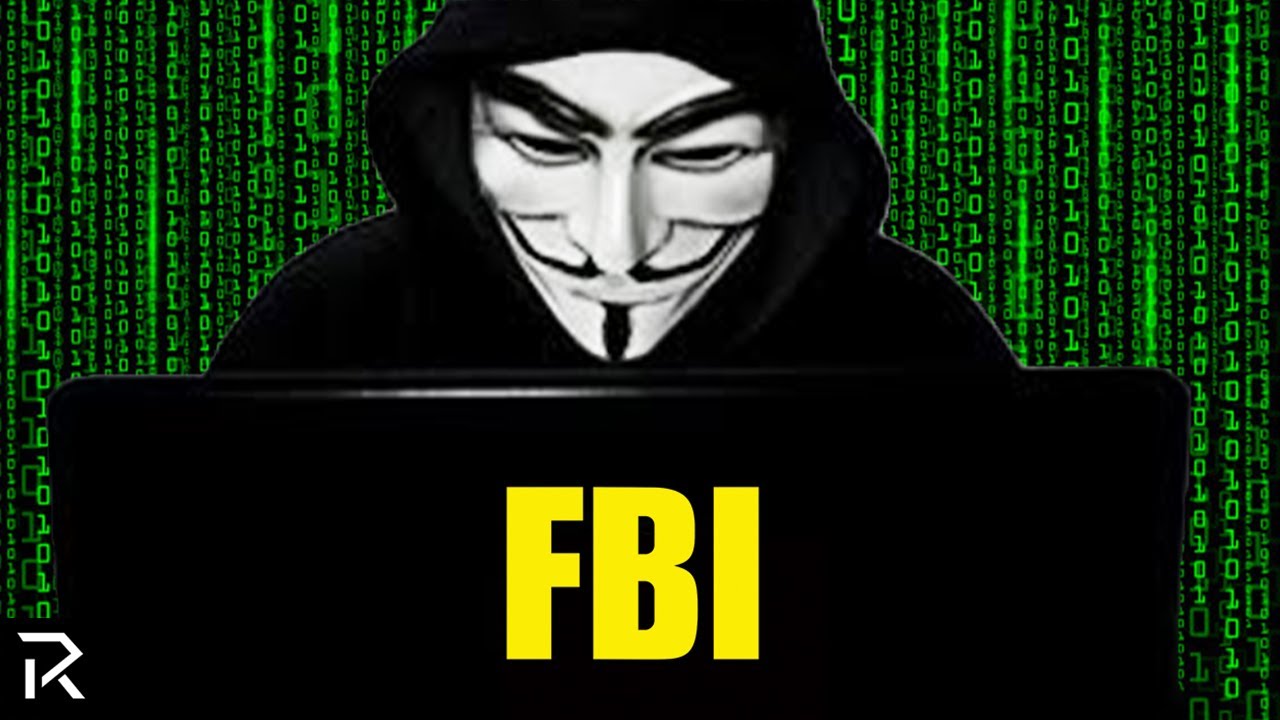How The FBI Caught The Most Wanted Hacker In History

The FBI handles cybersecurity around the United States and has recently finally caught the world’s most notorious criminal in the hacking world.
This is how they did it.
Kevin Mitnick was a different kind of criminal. To this day, he’s considered one of the most wanted hackers of all time. He toyed with society and governments, stole from companies like IBM, rode the busses for free, intercepted phone calls, and manipulated McDonald’s drive-thru speakers just for a bit of fun.
But he never hacked for money, nor did anything malicious with the sensitive date he uncovered. That’s why the FBI wanted to find him, so they could bring him over to their side.
How many hacking tricks did he pull? And did the FBI finally catch him? Let’s find out.
How did the FBI trace the movements of the hacker despite his use of virtual private networks and encrypted communication channels?
In the world of cybercrime, the name “The Most Wanted Hacker In History” sends chills down the spine of even the most experienced cybersecurity experts. This infamous hacker was responsible for countless attacks against businesses, governments, and individuals across the globe, causing widespread damage and stealing millions of dollars in the process.
For years, law enforcement agencies around the world had been on the hunt for this elusive figure, but every time they got close, the hacker seemed to slip away. That all changed in 2014 when the FBI finally caught the most wanted hacker in history, thanks to a combination of high-tech tools and old-fashioned detective work.
One of the key breakthroughs in the FBI’s investigation was a piece of malware known as “JabberZeus,” which the hacker had used to infect millions of computers around the world. The FBI was able to reverse-engineer the malware and use it to gain access to the hacker’s own computer, which was located in a small apartment in a foreign country.
Once the FBI had access to the hacker’s computer, they were able to monitor his activities and gather evidence that would eventually lead to his arrest. The hacker had taken numerous steps to cover his tracks, including using multiple virtual private networks and encrypted communication channels, but the FBI’s forensics team was able to uncover these hidden layers of protection and trace the hacker’s movements back to his physical location.
Finally, in a coordinated effort with local law enforcement, the FBI raided the hacker’s apartment and apprehended him without incident. The hacker was extradited to the United States, where he was charged with multiple counts of cybercrime and eventually sentenced to nearly 20 years in prison.
The arrest of the most wanted hacker in history was a major victory for law enforcement, and it demonstrated the power of modern digital forensics in combating cybercrime. It also served as a warning to other cybercriminals operating around the world that, no matter how sophisticated their methods may be, they are not invincible.
In the years since the hacker’s arrest, the FBI has continued to pursue cybercriminals aggressively, using the same techniques and tools that led to the capture of the most wanted hacker in history. While the threat of cybercrime continues to evolve and expand, the FBI and other law enforcement agencies remain committed to protecting individuals, businesses, and governments from the devastating effects of these attacks.









Living on a Self-Sufficient Sailboat for 10 Years
Living In A Treehouse in Hawaii
HOW TO IMPLEMENT A HEALTHY LIFESTYLE | Setting Habits & Wellness Goals
Mountain property with Waterfalls, Cheap land in Kentucky for sale
Why Sea Cucumbers Are So Expensive?